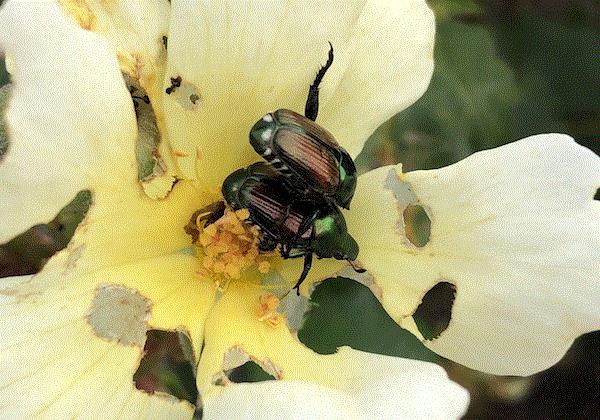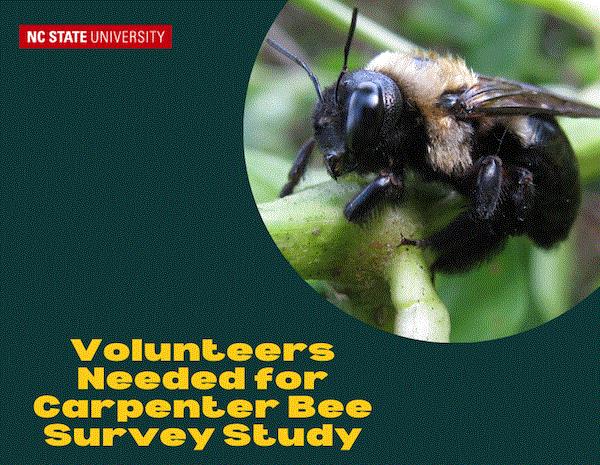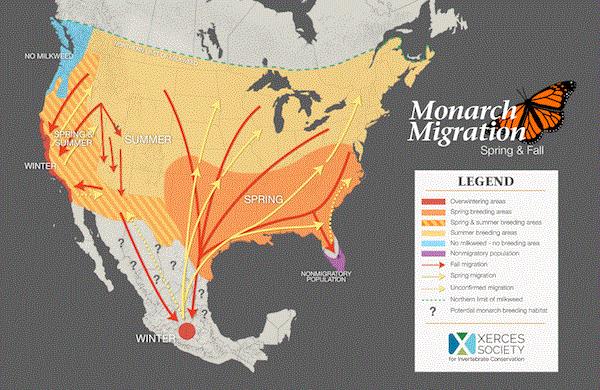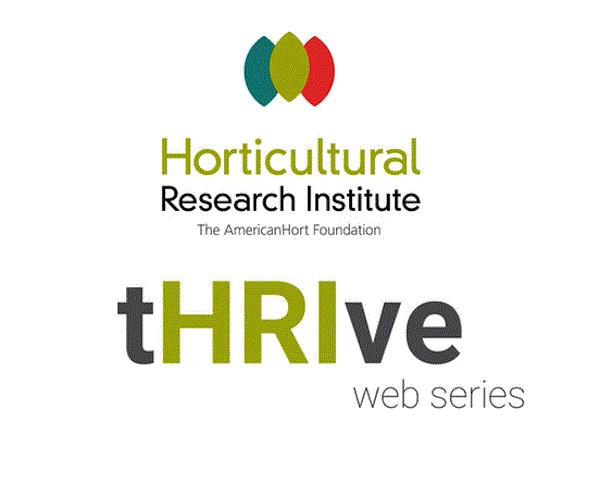Insecticide Drench vs. Japanese Beetle?
Lucky me! I’m going to talk about all of them today! That’s a lame joke, I know.
I summarized some research data on beetles and borers in the last issue and promised that I’ll talk about treating for Japanese beetle in this issue. I admit, that was somewhat of a stall tactic because I needed more time to look for answers on whether soil or media treatment with a systemic insecticide can help protect my rose bushes from Japanese beetle damage. As you’ll see soon, there are very few studies on this topic, and available data are all over the place, so I’m not sure I have a good recommendation for y’all.
You're probably thinking, “Why stall? Don’t you have lots of them every year for your research?” Sure, I see Japanese beetles every year, but they ain’t always devastating. Most years, I really don’t have to do much against them. I’m not an avid gardener and I don’t treat for bugs every time I see them; perhaps I just don’t have very many of them in my area. I work with white grubs in turf, but when I dig for white grubs, 85% of the time I find May/June beetle grubs. The other 10% are masked chafers and at most 5% are Japanese beetle grubs. Guess Japanese beetle grubs just don’t like our sandy soil.

So which systemic insecticides are best for preventing adult Japanese beetle damage on leaves or flowers?
Caitlin Littlejohn, Amber Stiller and Kevin Chase at Bartlett Trees evaluated the efficacy of soil drench of Acelepryn (chlorantraniliprole), Harvanta (cyclaniliprole), Mainspring (cyantraniliprole), Mectinite (emamectin benzoate), trunk spray of TriStar (acetamiprid), and foliar spray of Acelepryn in protecting linden tree foliage. The team found that, overall, none of the treatments provided significantly better protection than the untreated control, although trees treated with Tristar and Acelepryn (both soil drench and foliar spray) were slightly less damaged than the untreated trees.
Soil drench or truck spray of neonicotinoids, including imidacloprid and dinotefuran, generally didn’t provide good and consistent efficacy against adult Japanese beetles. In works performed by Justine Vitullo and Cliff Sadof at Purdue University, soil drench of azadirachtin and imidacloprid at high rates could provide some protection of rose leaves and flowers, but some level of damage still appeared, and protecting blooms was more difficult than protecting leaves.
The bottom line is: If you think systemic insecticides will give you long-term, no-damage protection against adult Japanese beetles, then you’ll be sorely disappointed. Soil drench treatment of some systemic insecticides can give you some protection, but not complete protection. And the results can be inconsistent. Nonetheless, soil drench of systemic insecticides may be useful to prevent severe defoliation on low-maintenance trees on which some level of damage is tolerated.
Use foliar spray if you want better results. Research from IR-4 and collaborating researchers identified several products that are effective when used as a foliar spray, including Acelepryn, Aloft (clothianidin + bifenthrin), the pyrethroids (bifenthrin, cypermethrin and cyhalothrin), Mainspring, the neonicotinoids (acetamiprid, clothianidin, dinotefuran, imidacloprid and thiamethoxam), and Sevin (carbaryl). Know that these products only protect tissues that are exposed to the spray solution at the time of the application, so any newly opened flowers and leaves will have to be protected with additional treatment.
As for managing Japanese beetle grubs in nursery stock in quarantined areas, folks should follow the guidelines of the U.S. Domestic Japanese Beetle Harmonization Plan. The most recent update outlined several insecticides that can be used for treatment of Japanese beetle grubs through root-ball dip, drench, media incorporation, fumigation and foliar application. Check out the most recent treatment list by clicking HERE.

Help Improve the SLF Predictive Model
The Network for Environment and Weather Application, or NEWA, has several nifty predictive tools. NEWA is a collaboration between the New York State IPM Program (NYSIPM) at Cornell University and several land-grant universities. The network makes use of freely accessible data from local weather stations to calculate degree-days, monitor drought and predict the emergence or incidence of several diseases and pests of fruits, vegetables and ornamental plants, such as apple scab, codling moth, strawberry and grape diseases, alfalfa weevil, and spotted lanternfly (SLF).
For the SLF predictive tool, you can select a weather station that’s closest to you and the program will provide you with a prediction of the development status of the SLF population near that area. For example, based on the weather conditions at Newark, Delaware, the SLF population should be in the fourth instar (see graph).

Spotted lanternfly population is predicted to be in the fourth instar around this time in Newark, Delaware. (Graph credit: NEWA.)
The predictive model is based on developmental or degree-day models. For the SLF model, the date of the first egg mass detection is important to an accurate prediction. As with all predictive models, you have to incorporate lots of data to make the models even more accurate, therefore, folks at NYSIPM are asking for your help in improving the SLF model in New York. When you find the first SLF egg mass this summer or fall, please send Dan Olmstead of NYSIPM an email with the date of detection and location (latitude and longitude).

Help With Carpenter Bee Survey
I introduced to y’all a survey on carpenter bees in the February issue of this newsletter. The short survey (10 to 15 minutes) is developed by Elsa Youngsteadt and her graduate student Kate Gorma at North Carolina State University. The purpose of the short survey is to understand how folks perceive carpenter bees (pollinators? pests? just around?) and how they manage them (if they do). Consider participating in the anonymous survey; it doesn’t matter if carpenter bees bother you or not.
Click HERE to find out more and to participate in the survey.

By the way, Elsa and her graduate student Hannah Levenson published a wonderful handbook, The Bees of North Carolina: An Identification Guide, in 2019. This is a great free resource for anyone interested in knowing precisely what kind of bees visit their gardens. I use the handbook for bee identification in my research projects.
Migratory Monarch Butterflies Red-listed
Most folks know about the Monarch butterfly, but I can bet that few know who or what IUCN is. The IUCN, or the International Union for Conservation of Nature, is a collection of governmental and civil society organizations. IUCN is considered the world’s scientific authority on the conservation status of all species.
When IUCN “red lists” any species of plant, animal or any living being, the news catches people’s attention. On July 21, IUCN announced that it has placed the migratory population of Monarch butterfly in North America as “Endangered” on its Red List of Threatened Species. (Click HERE for the IUCN’s press release.)
The migratory Monarch butterfly is famous for its annual migration from the United States and southern Canada to central Mexico (the eastern population) and the Pacific Coast of California (the western population).
While the World Wildlife Fund Mexico reported an increase of 35% in the numbers of overwintering Monarch butterflies in Mexico, the overall picture is not pretty. Once ubiquitous, the western population has declined by 99.9% between the 1980s and 2021, and the eastern population has declined by 84% between 1996 and 2014. IUCN cited many causes of decline, including the loss of habitats to logging, deforestation, agriculture and urban development, and the loss of food plants to the use of herbicides in agriculture and increased frequency of drought, fire and temperature extremes due to climate change.

The Monarch butterfly's migratory routes. (Graph credit: Xerces Society.)
IUCN has made the call on the migratory Monarch butterfly as an endangered species. The United States government, on the other hand, hasn’t granted the butterfly protected status under the Endangered Species Act. Now, many conservationists are waiting to see what the United States government will do.
Visit the Xerces Society for more information on Monarch butterfly conservation.

Building a Better Monarch Garden
Do you want to do something for the Monarch butterfly? Many folks are considering planting milkweed or other flowering plants to help boost the Monarch butterfly population (and other pollinators, too). But how do you do that properly? Do you know which plant species or cultivars to grow and how to place them in a garden?
Well, here's an opportunity to learn about how to build a better Monarch butterfly garden. Dan Potter of the University of Kentucky will provide a webinar on this topic as part of HRI’s tHRIve webinar series on August 23 at 11:00 a.m. Eastern.

According to AmericanHort, this talk will help attendees better understand why Monarch butterflies are in peril, why their conservation matters, and how partnership between the Horticulture Industry and the gardening public can help to restore this beloved native butterfly to sustainable status.
It covers the fascinating natural history of the Monarch, including its spectacular long-distance migrations and special relationship with milkweed, as well as the best milkweed species for attracting and sustaining Monarchs and native bees in gardens. Recent research shows that garden design and placement matters, and that cultivars of native milkweeds (nativars) have conservation value for gardens. This will be discussed, as well as how to prevent a garden from becoming an “ecological trap” for Monarchs due to predation by invasive wasps or planting the wrong type of milkweed.
Consumer demand for milkweed seedlings and nectar plants is burgeoning. Information from this webinar will help garden center personnel, Master Gardeners and others to better advise customers and other stakeholders about butterfly gardening.
The tHRIve webinar series will also have talks on boxwood blight prediction, Nostoc and plant-polliantor interactions through the rest of this year. Check out all their webinar topics and sign up HERE.




See y'all later!

JC Chong
Professor of Entomology at Clemson University
This e-mail received by 27,333 subscribers like you!
If you're interested in advertising on PestTalks contact Kim Brown ASAP!